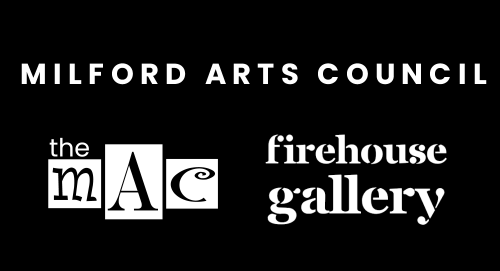ATTENTiON CREATiVES!PoRTFoLIO TeLL-ALL
by guest writer, Io Escu of Content Machine
As an artist, one of the most important aspects of professional development is the portfolio. Whether you are a student applying for school, an artist trying to contact galleries, or a creative professional looking for your next project, your portfolio is your biggest asset in communicating your value and talent. Here are some things to think about when creating your portfolio:
WHO AM I? WHAT AM I TRYING TO SAY?
Your personal aesthetic is your particular taste for or approach to what is pleasing or beautiful to your senses. It is the unique perspective to the art you create. As you grow and change, your personal aesthetic evolves. It is vital that you are always thinking about your own artistic style and nurturing that style. Without a focus on this simple concept, you will risk getting lost within your work and creating art that does not speak or evoke interest for the people you are trying to reach.
HOW DO I SELECT MY BEST WORK?
Once you have thought about your aesthetic and have created work that you are proud of, it is time to edit that work down. Critiquing your work and picking work that shows everything you can do can be a stressful task. How are you supposed to be objective with your own work when trying to build out your portfolio? Pick 2-3 images from each project and avoid over-representing a project. Self critiquing your work is key to this process, but it is also important to engage with a mentor or even a few friends with good eyes in order to glean constructive criticism.
HOW DO I DISPLAY MY WORK IN A WAY THAT STANDS OUT?
We live in a creative economy where portfolios are as common as Instagram feeds, so the small steps you take to create something original is key to standing out. Invest in Adobe creative suite, build a one-of-a-kind website using Adobe Muse or build a mock magazine in Adobe InDesign displaying your work as it would appear in a publication (if publications are where you hope to be). If you are planning on making a physical portfolio, create a digital version to have on hand in order to share it remotely. Many jobs will request a pdf version of your portfolio before they even accept a meeting with you, so having that available will save on time and stress.
WHO DO I SEND MY WORK TO & HOW?
Create a targeted presentation to close the deal! This does not mean that you need to rebuild a new layout every time you send it out, but highlighting different sections that match the needs of the organization or role can greatly benefit you. For example, let’s say you are applying for a position as an art director, illustrating your process in your portfolio along with your final products would be an interesting way to stand out and give your prospects a little insight into your world and how you execute ideas. The key is to tailor your presentation to the ethos of the receiver.
WHEN AND HOW DO I EDIT AND UPDATE MY PORTFOLIO?
Your portfolio is always changing and should be a reflection of your journey. You need to have a process in place that encourages constant updating and evolution. Simply saving your work to a folder is not enough. Adding updates to your workflow will allow you to keep track of all your best work and it will ensure that you are always going to have an updated presentation to share at a moment’s notice. Your portfolio is a small part of the puzzle that is the life of a creative professional. Keeping that in mind, while you work on building something you are proud to share with others, also work on your self. A portfolio will get your foot in the door, but if you are not a good person with a strong work ethic and conviction, you will be replaced in a second.
Now get out there and create!
Content Machine | The Still LYFE | Tel: 917 580 1387 | io@ioescu.com



